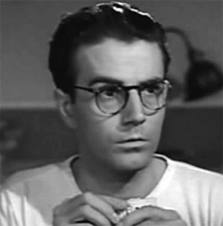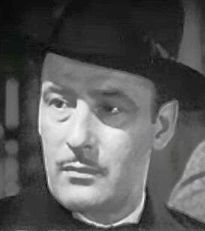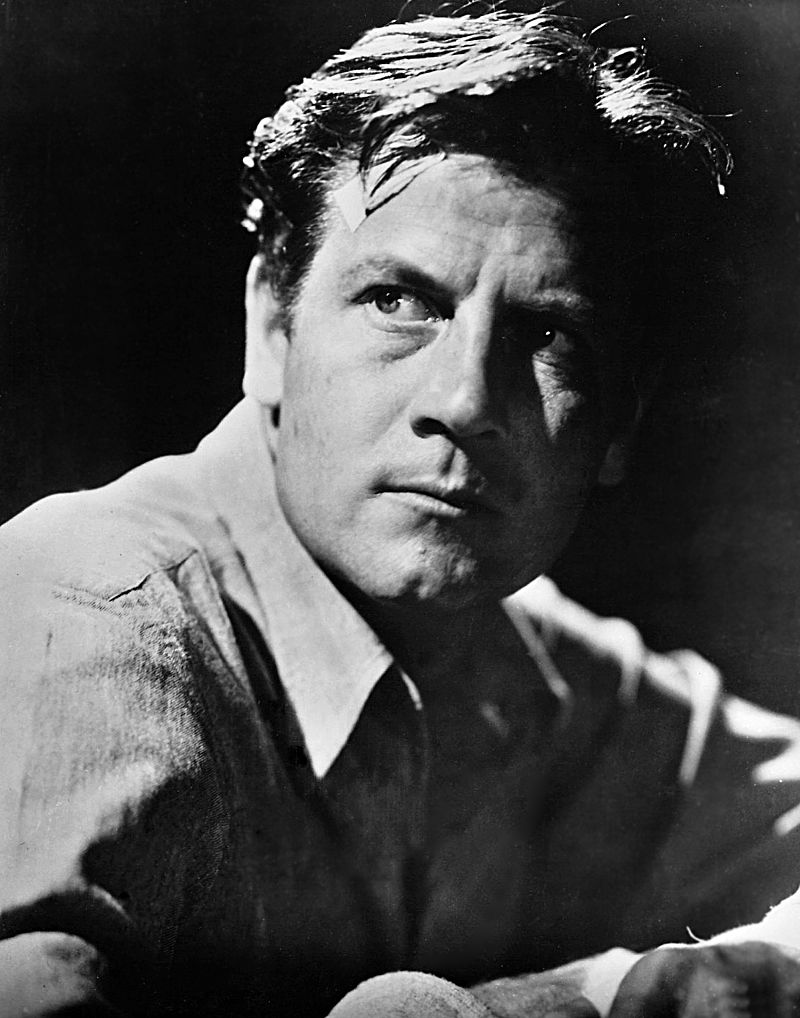Continued from Part Four
Her father was dead.
Roberta Goodwin had come to accept this It’d been nine years since she’d seen him. She’d tried to find her dad, Bob Bailey. She’d contacted all his friends, the studios, the talent agencies. No one knew where her father was. There were many things that could have happened to a prematurely aging alcoholic in his fifties who’d lost everything, and none of them bore thinking about. She moved on with her life, got married, and started a family.
One day in the early 1970s, she got a phone call.
The voice on the other end said, “Hello, this is your dad.”
“This is not funny, whoever’s playing this joke on me—!”
“No, it’s me.”
Bailey convinced her. He’d drifted around for many years until finally going a rehabilitation center in Antelope Valley in North Los Angeles County and getting clean. And for two years, his life was going well. He found renewed purpose in life at the rehab center, helping others to recover from addiction and get on their feet again.
Then in 1973, Bailey suffered a debilitating stroke that left him paralyzed on his right side and confined to a convalescent hospital for the rest of his life.
What About Bob?
During most of his final years, Bob Bailey thought his radio work had been forgotten. We don’t know if he actively was bothered by this, but there was no doubt he thought this. Old time radio programs were never intended to be replayed forever. It was assumed once broadcast, they were gone forever. Even after transcription recording disks were sent out to stations, it was expected that they would be destroyed. The idea of reruns was rarely considered. More often than not, when a radio series wanted to reuse a script, it would have actors perform the same script over again rather than rebraodcast a previous performance. It was only late in the Golden Age of Radio that Television programs began to see the value of reruns and series like Dragnet and I Love Lucy began syndicating their old episodes.
Of course, there were first-run syndication programs that aired at various times and on various stations with local or regional sponsors. Yet, most syndication of Golden Age Radio drama had stopped by the early 1960s domestically. The networks archived a handful of their own recordings and would trot out a few clips here and there, mostly of old comedy programs. Those programs which the networks didn’t save were destined to be lost forever
This is where Old Time Radio collectors took a hand. Thousands of individual collectors, large and small acquired transcription disks and tape recordings of old time radio programs. Fanciful stories about how this happened arose. However, the truth was far more mundane. Super collector David Goldin explained how he accumulated his collection: “Most of the transcriptions over the years have been bought, usually ten or twenty at a time, from record stores, radio stations, syndicators, advertising agencies, the performers who were on the programs and some special situations as well. Many people involved with these programs have allowed me access to personal collections
These sort of stories are told hundreds and thousands of times by many collectors both large and small in many places through the sixties and seventies. Taken together, they explains how golden age radio programs have survived the fickleness of networks.
In the 1970s, there would be renewed public interest in old time radio. It would be one of many trends in the 1970s. It was fed by genuine nostalgia. In an era defined by Vietnam and Watergate, the old-fashioned patriotism and innocence of many old time radio programs were certainly appealing during a difficult era. There also was some appreciation for radio as a comedic and dramatic medium that would lead to many radio revival attempts (see parts one, two, and three of my look at the 1970s.) Of course, the fact is that so much of the golden age of radio had such enduring quality. Listeners got to enjoy the radio works of comedians like Jack Benny and Red Skelton who’d remained active on Television long after radio ended while also discovering or rediscovering Fibber McGee and Molly, The Shadow The Mercury Theatre of the Air, Suspense, X Minus One, Sam Spade, and of course, the Yours Truly Johnny Dollar serials.
In the 1970s, there would be old time radio rebroadcasts throughout the U.S. and radio shows where old time radio stars were interviewed. The seventies also saw the formation of collectors clubs. Organizations began long histories of preservation The Society to Preserve and Encourage Radio Drama, Variety And Comedy (SPERDVAC) was founded in 1974, and in 1976, the first Friends of Old Time Radio Convention (FOTR) was held in 1976. SPERDVAC would begin hosting its own conventions in 1984. The Conventions brought together collectors, fans, and surviving cast and crew from the golden age of radio. There would be interviews and panels with surviving performers and crew from the Golden Age of Radio. Recordings were often made, capturing living history while it was still alive. These conventions would also feature recreations of old-time radio programs with the original actors when possible.
Many fans wondered what had happened to Bob Bailey. Bailey was far from the only old time radio figure to drop off the radar. In those days before the Internet, it was far easier to lose track of people. Yet Bailey was the most notable radio figure who couldn’t be accounted for. Other figures from the Golden Age of Radio who knew Bailey best were asked about him, but if they knew anything, they weren’t telling.
Denver-based old-time radio host John Dunning, who would go on to become one of the Golden Age of radio’s foremost historians, was well aware of the mystery. He had played all of the available Yours Truly Johnny Dollar serials from start to finish on his programs twice. Bailey became quite popular with listeners in Denver who asked Dunning if Bailey was alive, what he was doing, and if they could write for him. Dunning could give his listeners no answers. Then in the early 1980s, he sent copies of the serials to a radio station in Grand Junction which played them for the first time. The Grand Junction radio station got a call from a woman who identified herself as Bob Bailey’s daughter, Roberta Goodwin.
Dunning got in touch and arranged an interview which occurred on February 7, 1982 and is probably the most quoted interview about the Golden Age of Radio. Goodwin shared keen insights into not only her dad’s career challenges but also her perspective on the Golden Age of Radio from someone who saw it up close and personal. She’d called her dad when after speaking to Dunning to set the interview and he was excited that she knew something he’d done was still being listened to.
. Towards the end of their time, he brought up Goodwin’s statement that he’d disappeared from her life for nine years and asked if that was something he could ask her about. She said that in most cases she would have said no, but that, it might help someone, and she told the story of her Dad’s struggle with addiction and his disappearance. On the air, Dunning provided the address for his listeners to send a card or letter to Bob Bailey.
In June, Representatives of the Board of SPERDVAC made the journey to the convalescent hospital; om Antelope Valley to and surprised Bailey with a birthday cake and a card for his 69th birthday. They also sent him materials for honorary membership and tasked a local member of SPERDVAC with going back to visit him just to make sure the material was received. Bailey told the man how much the birthday celebration had meant to him. Bailey hadn’t realized that he hadn’t been forgotten.
For about a year and a half, fans who enjoyed Bailey’s work could contact him with a letter, a card, or a large print book, although he was unable to write back due to his paralysis. On August 12, 1983, Bailey became sick and was moved to the hospital and died the next day on August 13, 1983 two months after his seventieth birthday.
Bob Bailey Travels the Information Super Highway
Old Time Radio persisted as a major hobby but it faded from the public imagination. Over time, many radio stations dropped old time radio replays or played them late at night or in the wee hours of the morning. Conventions continued to be held but there were fewer old time radio stars to attend as the years went on.
The Internet came and brought major changes and challenges to the old time radio hobby as it did to so many things. While we could go on at length about both the good and bad, there were two things that made a huge difference to Bob Bailey.
First, is how the Internet made collaboration easier across geographic lines. With the increasing prevalence of broadband, it made working with large files (ex: a high quality digital version) of an old time radio program) easier. It became far easier to come together, pick through possible versions of performance and choose the best ones to release to the public.
Secondly, broadband and increasing storage limits made it easier for the average listener to enjoy the full breadth of Bailey’s work. In the 1980s and 90s, if you were a retail old time radio fan, you were limited to a relatively small selection. You could buy a cassette with old time radio programs on both sides. Or maybe you might find an album with five or ten cassette tapes with ten or twenty programs in it. Of course, you listen for free to what was played on the air. But even then you were limited to what the radio station had. For example, John Dunning in 1982 had a very good collection for the time. In the interview with Goodwin, Dunning offered to share tapes of Bailey’s performances with him. He said he had all but five of the Yours Truly Johnny Dollar serial episodes,forty or fifty episodes of Let George Do It, and about fifteen of the later Yours Truly Johnny Dollar half hour episodes.
Today, anyone can listen to all of the Yours Truly Johnny Dollar serial episodes (although four are missing an episode in the middle), they can listen to two hundred episodes of Let George Do It, and more than 180 episodes of the Yours Truly Johnny Dollar half hours.
And listen they do. Bailey’s performances are uploaded to so many places online that it’s impossible to track it all: YouTube video plays, archive.org and other old time radio download sites, podcasts, and more. Not all of the places his work is posted provide an easy way of calculating downloads and hits, but those that do show millions of interactions. Bailey’s work is not just remembered by people who heard it when it first aired, but also by people from all around the world who were born after he died.
Bailey’s enduring popularity explains why Radio Spirits released The Bob Bailey Collection. in 2020. As part of the collection, Radio Spirits reached out to super collector Jerry Haendiges and obtained rare recordings of obscure programs Bailey appeared in. The interest Bob Bailey is such that nearly 40 years after his death, people would buy an album of old time radio shows containing episodes of the Public service show Illinois March of Health just because Bailey appears in them!
While there were many solid actors who played detectives during the Golden Age of Radio, there was something really special about Bailey’s portrayal of Johnny Dollar that resonates with listeners to this day and causes to stand out from his peers.
Conclusion
In the end, Bailey was a creative and talented person who dreamt big and had a lot of disappointments. He never landed a great film or television role and he never got close to becoming a director.
Yet, Bailey also achieved many goals that others would envy. He got to act with Laurel and Hardy, he wrote a story that became a movie, as well as a dozen TV episodes. He also spent twelve years as the star of two very successful network radio programs, both are listened to and enjoyed forty years after his death.
The last third of his life was filled with sad and tragic turn of events that you wouldn’t wish on anyone. But at the same time, unlike many, he escaped addiction. He got to try to rebuild his relationship with his daughter, as well help others find their way back. He lived long enough to know that his best work and hadn’t been lost and for his grandchildren to hear it.
Bailey’s work is an essential part of the American Golden Age of Radio. As long as it’s remembered, Bailey’s work will be as well.
Acknowledgment
John Abbott provided some really great insights as I was researching this series of articles. His Bob Bailey page has a lot of great characters of Bailey throughout his career as well as a very good breakdown of his radio and screen work. John also gave a fascinating presentation via Zoom to the Metropolitian Washington Old Time Radio Club. on the life of Bob Bailey from start to finish. The presentation features a lot of great details, including a whole story about Bailey’s color career as a young man around the Chicago World’s Fair that I just couldn’t fit in here.


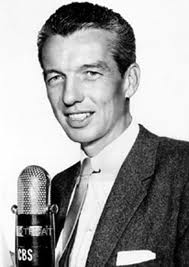
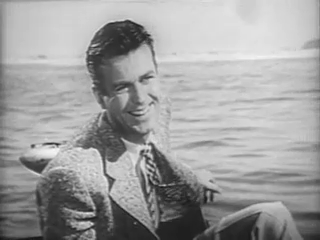
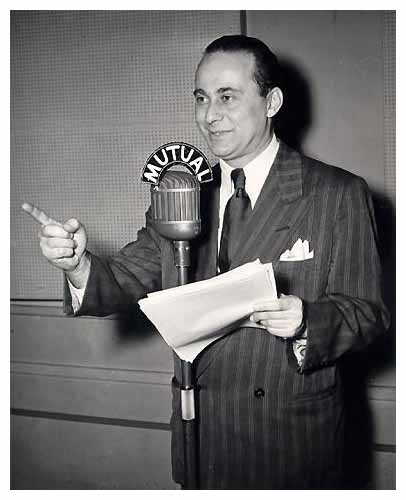
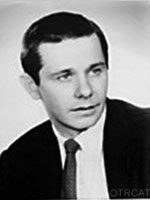
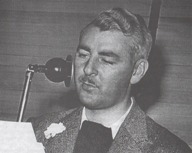
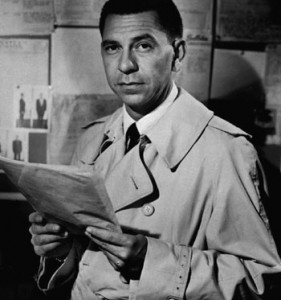
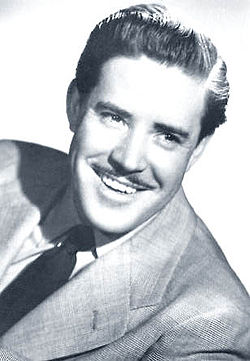 Originally Released 1,501 days after the Podcast Launched (December 5, 2013)
Originally Released 1,501 days after the Podcast Launched (December 5, 2013)